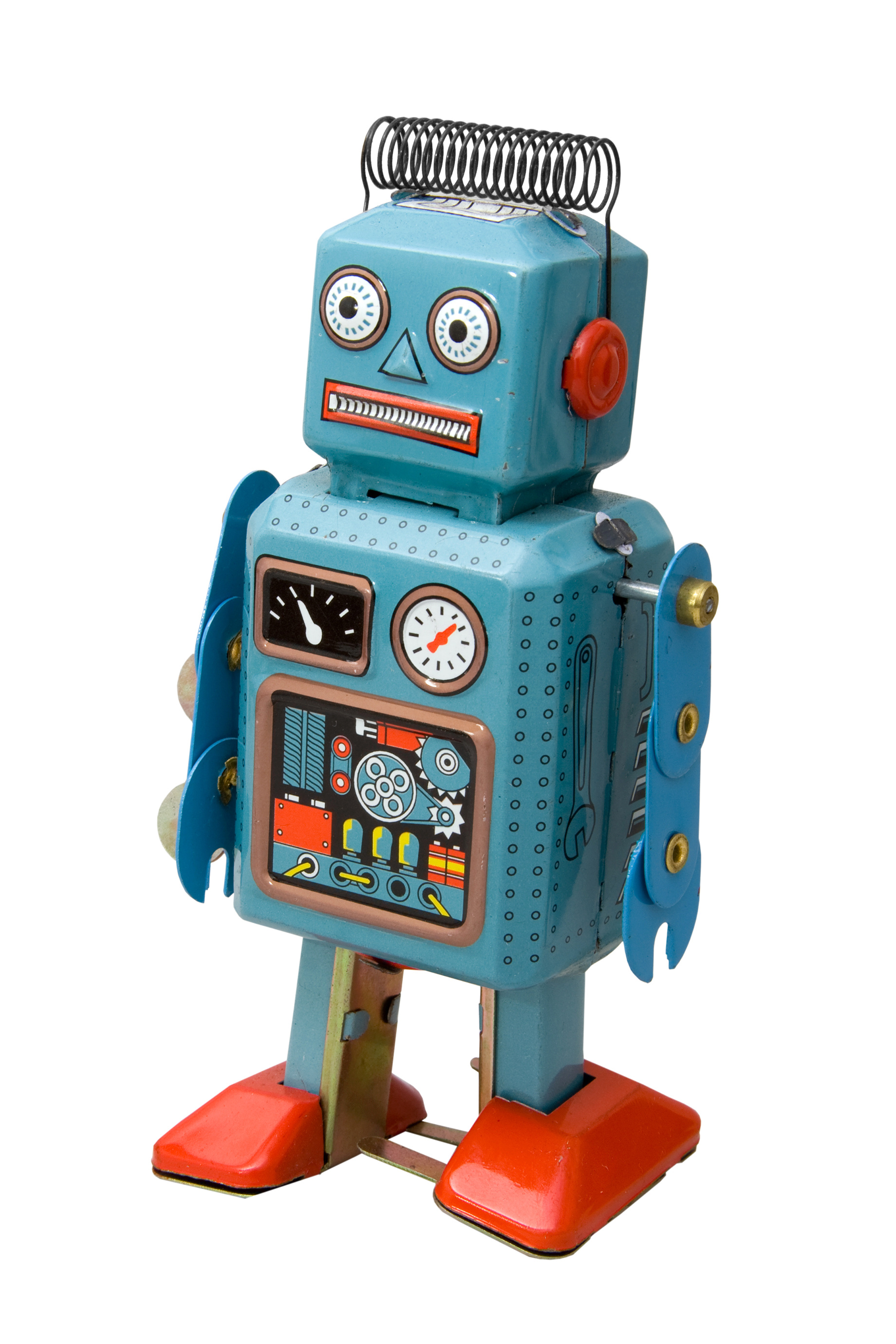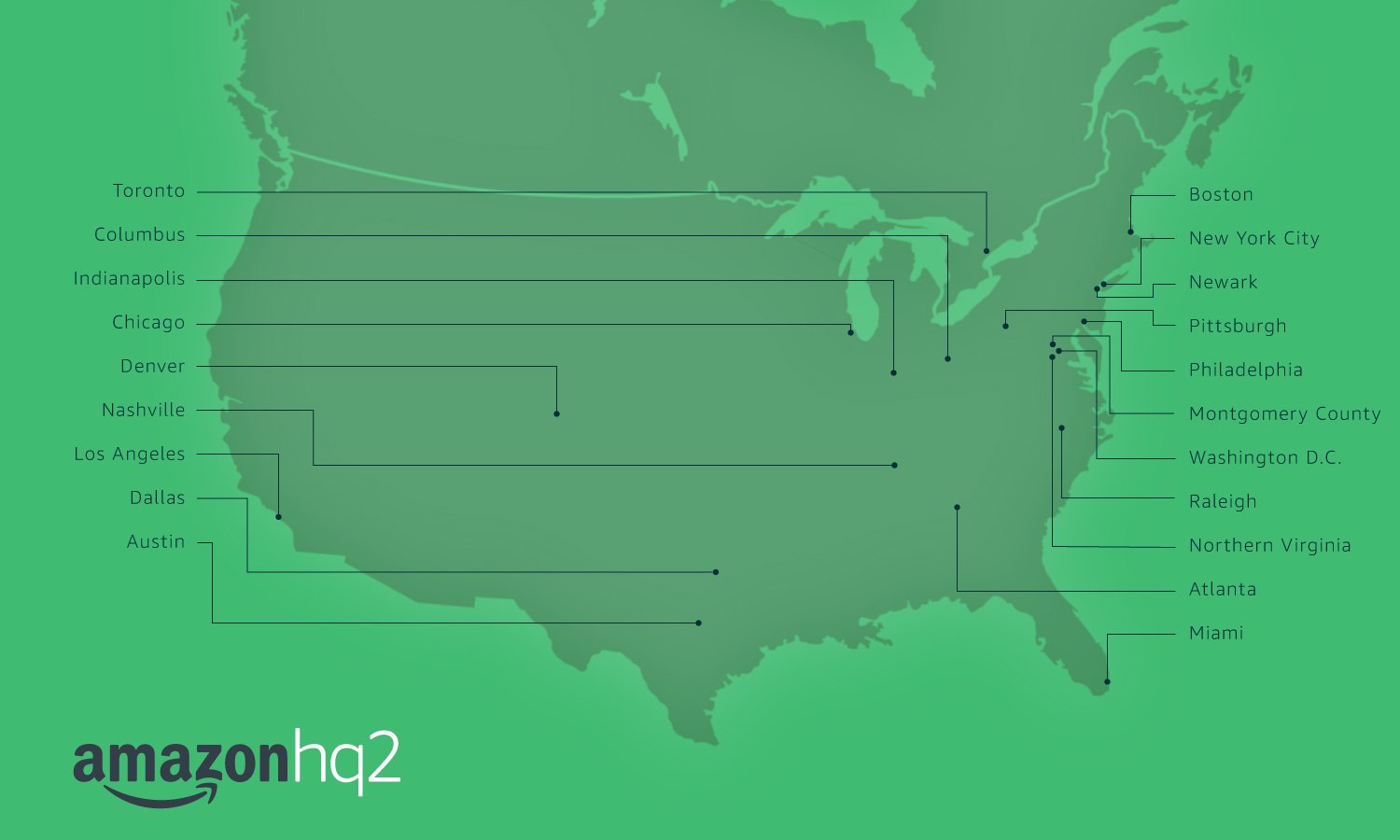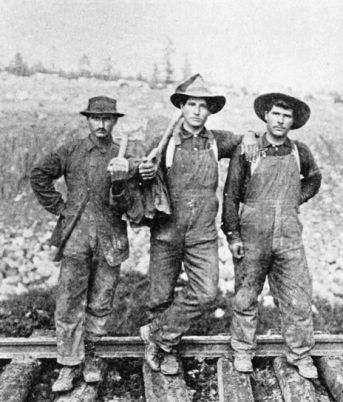UPDATE: On striking for a 28-hour work week
A few seeks ago I shared the story of the largest metal and steel worker's union in Germany whose members were threatening to strike for the right (among other things) for the ability to reduce their work week to 28 hours per week for up to two years at a time - mainly in times where a worker has increased child or elder care responsibilities. As a reminder, this is what the steel workers were trying to accomplish:
Workers have downed tools at more than 80 companies across Germany as the country’s biggest union stepped up its campaign for a 28-hour working week to allow employees to improve their work-life balance.
In what is shaping up to be the biggest industrial dispute in the metalwork sector in three decades, more than 15,000 employees took part in warning strikes at factories including those of the carmaker Porsche.
The IG Metall union, which represents around 3.9 million workers, wants every employee in the metal and electrical sector to have the option to reduce their working hours for a total period of two years, with the automatic right to return to full-time employment afterwards.
In mid-January I offered the take that we shouldn't look at these worker's demands as another example of the 'soft' or laissez-faire approach to work that we in the US like to think is common in Europe, and let ourselves believe that these kinds of increased worker calls for more benefits (including fewer hours potentially), could not become an issue here eventually. Workers in all kinds of industries likely have more power than they are currently exercising. 
Fast forward about three weeks - how did it turn out in Germany?
UPDATE - German metal workers union secures right to 28-hour work week.
From the piece in Business Insider:
A German industrial union has won its workers the right to work just 28 hours per week in a deal that could eventually impact almost 4 million people in the country.
IG Metall, the biggest trade union in Germany for metal and engineering workers struck the deal which will allow staff to go down from 35 hours to 28 hours per week for as long as two years, in instances where they need to care for children, elderly, or sick relatives.
The agreement between the union and industry impacts some major, global manufacturers like Porsche, Airbus, and Mercedes, and also includes a 4.3% pay rise for the workers. It is a pretty major win for the workers, who seem to have gotten just about everything they were looking for in the deal.
Why does this matter, especially to US readers, in a time where unions and labor rights movements in general have been declining for ages?
I would say to think about this deal, and why the workers were looking for it, as less of a 'union' issue and more of a work/life issue. One of the major benefits of the so-called 'gig' economy is the schedule control that most gig workers have. There is a tremendous amount of flexibility and even power that comes with being able to self-determine how many hours you will or can work in a given day or week or month. Some times you want/need to work more, and other times fewer hours. Especially when dealing with child, elder, or other personal responsibilities.
This effort by the metal workers union is really an attempt to try and marry some of the best features of the 'regular' employee (steady pay, benefits, some level of security, commitment to one company), with the 'gig' worker economy, (flexibility, work/life balance, control and freedom).
Gig working is not for everyone. It can be uncertain, scary, can have pretty major fluctuations in compensation and benefits. And 'regular' work also has its downsides - lack of schedule control, long hours, stress about work/life. So what the German metal workers are really trying to do is find a kind of compromise between the two - by crafting a design where they are still 'regular' employees, but have more flexibility to determine when they need to reduce (or increase) their working hours based on personal and family circumstances.
That is the way to think about this story if you are a business or HR leader in the US or anywhere really - this is not about the union or some kind of Euro-socialist approach to work.
It is about workers trying to find the 'right' kind of work/life balance and arrangement that fits for them in the modern world. And it is about companies trying to find ways to ensure their goals can also be met, knowing that for most of them, these goals can only be met through the success and well-being of their workforces.
Have a great day!

 Steve
Steve



